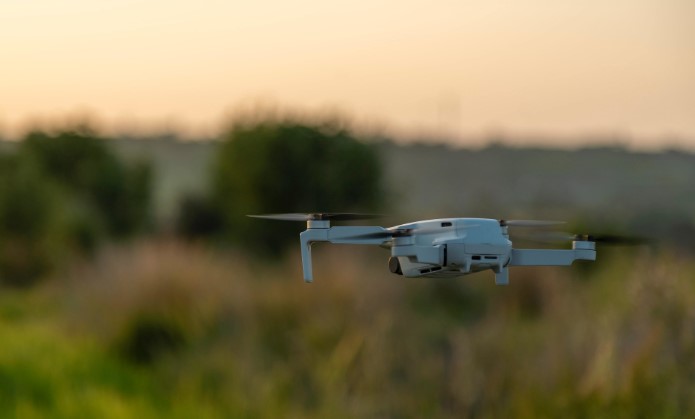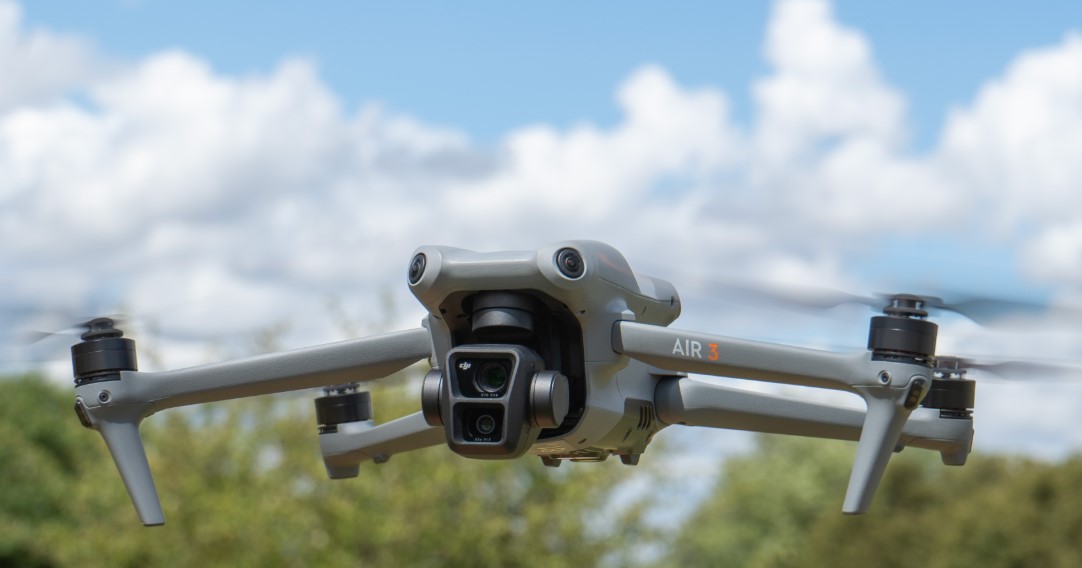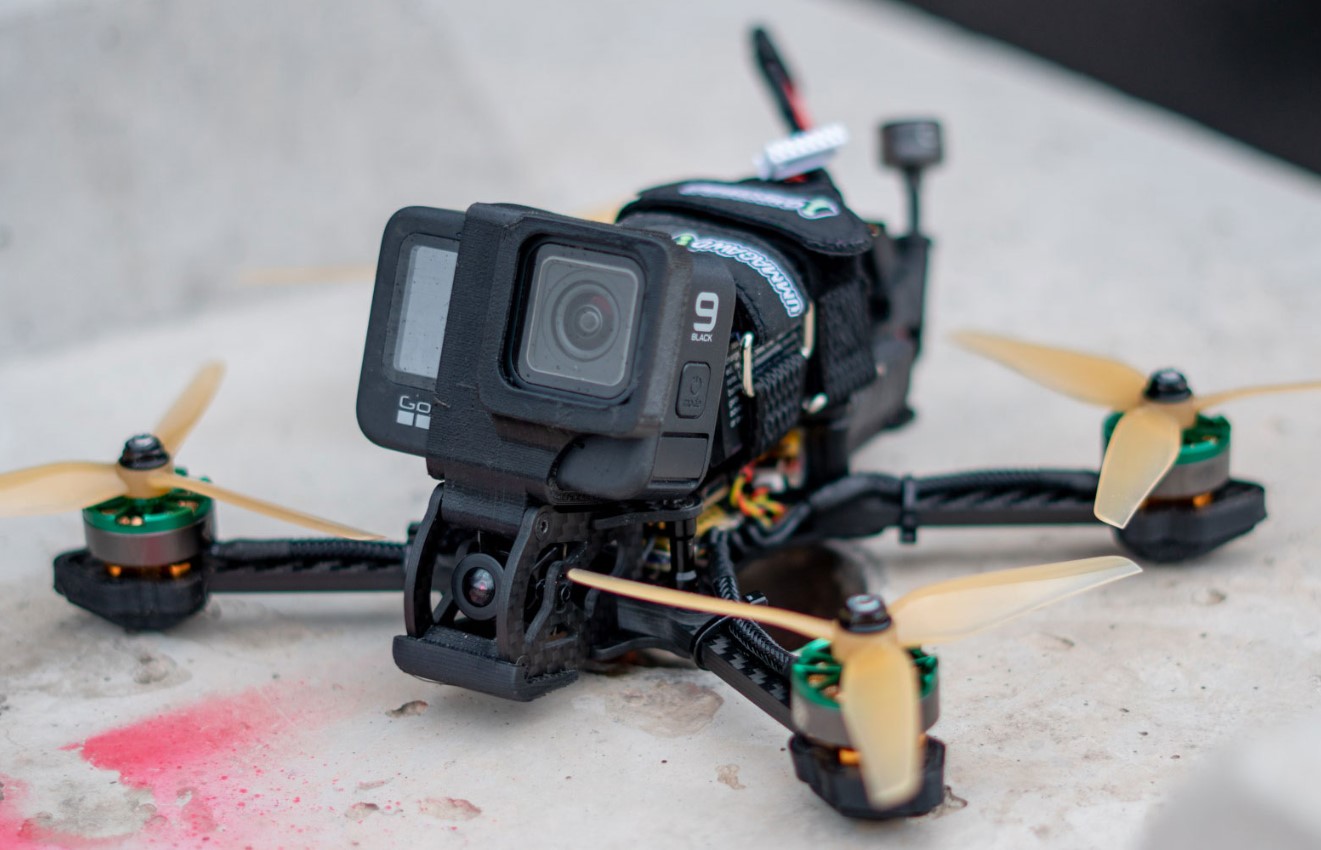How to rig a drone for fishing? Drones have revolutionized various industries, and fishing is no exception. Drone fishing combines modern technology with traditional angling, allowing fishermen to cast their lines farther, spot schools of fish with precision, and explore areas that would otherwise be inaccessible. If you’re interested in maximizing your fishing efficiency, rigging a drone for fishing can be a game-changer. This comprehensive guide will walk you through everything you need to know about how to rig a drone for fishing effectively. Follow Dronevoz.com !!!
What Is Drone Fishing?
Drone fishing involves using a drone to carry your fishing line, bait, and hook to specific locations in the water. Instead of casting a line from the shore or a boat, the drone carries the tackle to a predetermined spot, ensuring accurate placement. Some drones are equipped with cameras, enabling anglers to locate fish in real time. This method is particularly useful for surf fishing, deep-sea fishing, and targeting hard-to-reach fishing spots.
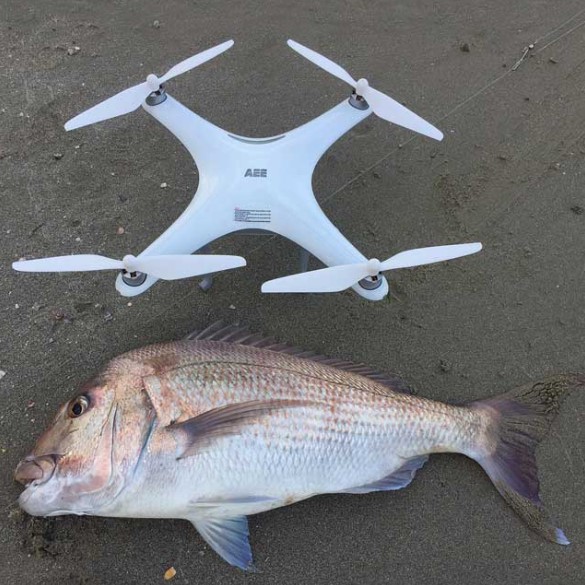
Choosing the Right Drone for Fishing
Before you start rigging a drone for fishing, you need to select the right equipment. Not all drones are suitable for this purpose. Here are key features to consider:
- Payload Capacity: A fishing drone must have enough payload capacity to carry your fishing line, bait, and additional equipment. Ideally, the drone should be able to lift at least 1-2 kilograms.
- Flight Time: Longer flight times ensure that the drone can reach distant fishing spots and return safely. Look for drones with at least 20-30 minutes of flight time.
- Water Resistance: Since you’ll be flying over water, a drone with water-resistant features or a waterproof design is essential to avoid damage in case of accidental splashes or crashes.
- Stability: Windy conditions can affect drone performance. A stable drone with GPS positioning and altitude hold features is ideal for maintaining accuracy.
- Camera Quality: A high-resolution camera can help you spot fish and ensure precise bait placement. Look for drones with 4K cameras or better.
Popular fishing drones include the DJI Phantom 4, SwellPro SplashDrone 4, and Gannet Pro+. These models are known for their durability, high payload capacity, and water-resistant features.
Essential Tools and Accessories for Drone Fishing
To rig your drone for fishing, you’ll need a few additional tools and accessories:
- Line Release Mechanism: This device allows the drone to release the fishing line at the desired location. There are two common types:
- Electronic Release Mechanism: Controlled via the drone’s remote, releasing the line electronically.
- Mechanical Release Mechanism: Uses a simple clip that releases the line when enough tension is applied.
- Fishing Line: Use a durable and lightweight fishing line to avoid adding unnecessary weight to the drone.
- Swivels and Clips: These help attach the fishing line securely to the release mechanism and prevent tangles.
- Payload Drop System (optional): Some advanced drones come with a built-in payload drop system, which simplifies the process of line release.
- Additional Battery Packs: Drone fishing can drain batteries quickly, especially if you’re targeting distant spots. Carry extra batteries to ensure uninterrupted fishing.
>>> Read: Is Drone Delivery Canada a Good Investment?
How to rig a drone for fishing?
Once you have all the necessary equipment, follow these steps to rig your drone for fishing:
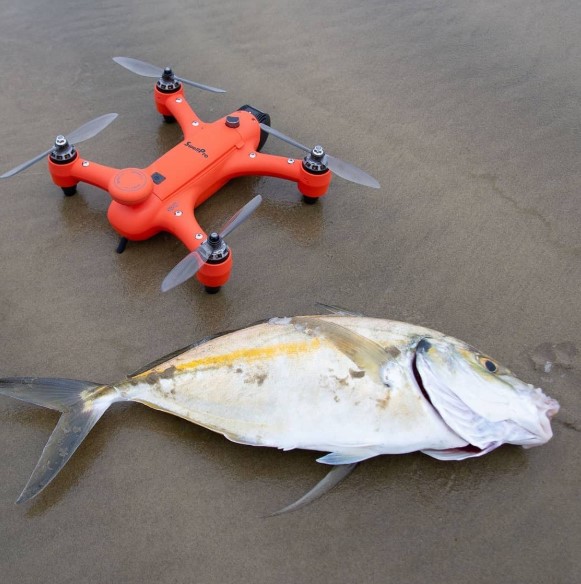
Step 1: Attach the Line Release Mechanism
- Secure the line release mechanism to the drone. Most drones have mounting points or attachment options for accessories.
- Ensure the mechanism is firmly in place to prevent it from detaching mid-flight.
- Test the release mechanism to confirm it works smoothly, either electronically or mechanically.
Step 2: Set Up the Fishing Line
- Attach your fishing line to the release mechanism using a swivel or clip.
- Ensure the line is spooled correctly to avoid tangling during the flight.
- Use lightweight yet strong fishing line, such as braided or fluorocarbon lines, to minimize strain on the drone.
Step 3: Prepare Your Bait and Hook
- Bait the hook with your desired lure or bait, ensuring it’s securely attached.
- Add any additional weight, such as sinkers, to help the bait sink once released. Be mindful of the total weight to stay within the drone’s payload capacity.
Step 4: Conduct a Pre-Flight Check
- Inspect the drone for any loose parts, including the propellers and the line release mechanism.
- Check the battery level to ensure sufficient power for the trip.
- Test the controls and camera (if applicable) to confirm they’re functioning correctly.
- Verify weather conditions. Avoid flying in heavy winds or rain.
Step 5: Launch and Fly the Drone
- Power up the drone and slowly ascend to avoid jerking the fishing line.
- Fly the drone to the desired fishing location, using the camera feed (if available) for guidance.
- Maintain a stable hover position above the target area.
Step 6: Release the Line
- Activate the release mechanism to drop the baited line into the water.
- Once the line is released, fly the drone back to the starting point and land safely.
- Monitor your fishing rod for any signs of bites or catches.
Tips for Successful Drone Fishing
- Practice First: If you’re new to drone fishing, practice flying the drone and using the release mechanism in an open area before heading to the water.
- Stay Within Range: Always keep the drone within its maximum transmission range to avoid losing control.
- Use a Spotter: Having someone to help monitor the drone and the fishing rod can make the process smoother and safer.
- Optimize Bait Placement: Use the drone’s camera to identify optimal fishing spots, such as areas with visible fish activity or underwater structures.
- Be Mindful of Regulations: Check local laws and regulations regarding drone usage and fishing to ensure compliance.
- Protect Your Equipment: Use waterproof cases or covers for the drone and its accessories to safeguard against water damage.
Common Challenges and How to Overcome Them
- Battery Drain: Drone fishing can be power-intensive. Carry extra batteries and consider using power banks to recharge them on-site.
- Line Tangles: To prevent line tangles, spool the line properly and ensure it’s free of knots before attaching it to the drone.
- Windy Conditions: Strong winds can make it difficult to control the drone. Choose a calm day for drone fishing, or invest in a drone with excellent wind resistance.
- Water Accidents: Even water-resistant drones are not immune to crashes. Attach a floatation device or GPS tracker to the drone to aid recovery if it falls into the water.
- Weight Overload: Overloading the drone can lead to instability or crashes. Always stay within the recommended payload capacity.
The Advantages of Drone Fishing
Drone fishing offers numerous benefits, including:
- Enhanced Range: You can cast lines far beyond the limits of traditional fishing methods.
- Precision Placement: Drones allow you to drop bait exactly where fish are located.
- Cost Efficiency: While drones may seem expensive upfront, they eliminate the need for boats or other costly equipment in the long run.
- Increased Success Rate: Spotting fish with a drone’s camera significantly improves your chances of making a catch.
Rigging a drone for fishing can elevate your angling experience, combining the excitement of fishing with the thrill of technology. By choosing the right drone, equipping it with the necessary tools, and following the step-by-step rigging process, you can access hard-to-reach fishing spots and significantly improve your success rate. Remember to practice regularly, stay within the drone’s weight limits, and adhere to local regulations to ensure a safe and enjoyable fishing experience. With proper preparation, drone fishing can open up a world of possibilities for both amateur and professional anglers alike.
Tag: how to rig a drone for fishing, how to build a fishing drone, how to set up a drone for fishing
>>> Read More: Top 5 Best Fishing Drone With Bait Release
